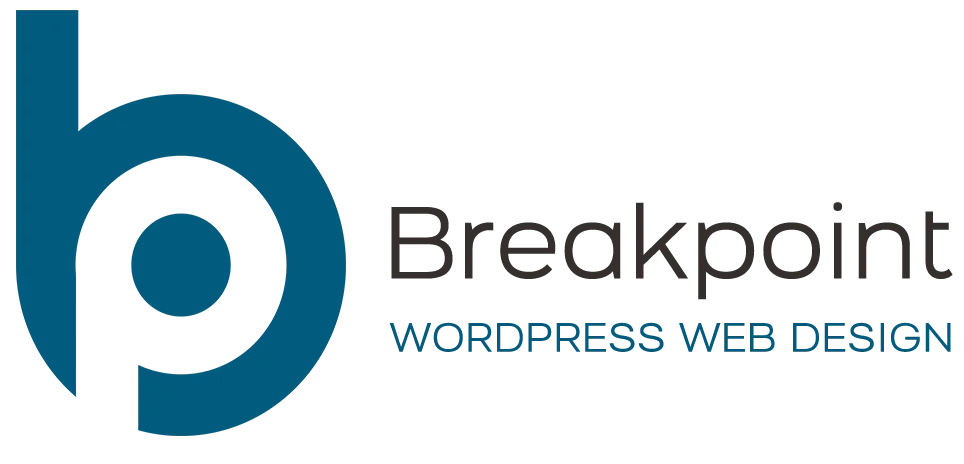

The Power of Solution Based Web Design
Transforming User Experience and Business Outcomes
In the digital age, a website is more than just an online presence—it’s a dynamic tool that can drive user engagement, foster brand loyalty, and significantly impact business outcomes. The approach to designing or redesigning a website can determine its success. Solution-based web design, which focuses on addressing specific challenges and meeting business goals, has emerged as a powerful methodology for transforming user experiences and achieving measurable results.
Benjamin Franklin’s quote, ‘If you fail to plan, you are planning to fail,’ encapsulates the ultimate truth: without a defined purpose guiding your website’s creation, failure is inevitable.
Understanding Solution-Based Web Design
At its core, solution-based web design is about creating websites that solve problems and meet specific needs. Rather than starting with a one-size-fits-all template, this approach begins with a deep dive into the unique requirements of the business and its users. It involves identifying pain points, understanding user behavior, and aligning the design with the company’s strategic objectives.
This process often starts with comprehensive research and discovery sessions, where designers and stakeholders collaboratively explore the current landscape, user expectations, and business goals. The insights gained during these sessions guide every aspect of the design process, from layout and functionality to content and user interactions.
Enhancing User Experience Through Tailored Solutions
One of the most profound impacts of solution-based web design is its ability to transform the user experience. By focusing on the needs and behaviors of users, this approach ensures that every element of the website is designed with the end-user in mind. This could mean creating a more intuitive navigation system, developing personalized content strategies, or implementing interactive features that enhance engagement.
For example, if users frequently abandon a site due to a complex checkout process, a solution-based approach might involve streamlining the checkout flow, simplifying forms, and integrating more convenient payment options. These targeted improvements can lead to significant increases in user satisfaction, retention, and ultimately, conversion rates.
Solution-based design often incorporates responsive and adaptive technologies that ensure seamless experiences across different devices and platforms. In an era where users access websites from a variety of devices, providing a consistent and high-quality experience is crucial. Tailored solutions can adapt to these varying contexts, enhancing usability and accessibility for a diverse audience.
Driving Business Outcomes with Strategic Web Design
Beyond improving user experience, solution-based web design plays a critical role in achieving business outcomes. By aligning the design with the company’s goals, such as increasing sales, improving lead generation, or boosting brand awareness, this approach ensures that the website serves as a powerful tool for growth and success.
For businesses, this might translate into developing features that support specific operational needs or creating content that speaks directly to target markets. A B2B company, for instance, might benefit from a website that highlights case studies and client testimonials prominently, showcasing its expertise and building trust with potential clients. Similarly, an e-commerce site might focus on optimizing product pages and simplifying the purchasing process to increase sales.
Solution-based web design also facilitates better decision-making by leveraging data and analytics. By continuously monitoring user interactions and site performance, businesses can gain valuable insights into what works and what doesn’t. This data-driven approach allows for ongoing optimization and adjustments, ensuring the website evolves in line with changing user behaviors and market trends.
Solution-based web design can significantly change outcomes in several ways:
- Enhanced User Experience: Solution-based design focuses on addressing specific user needs and pain points. By tailoring the website’s features, content, and layout to provide solutions, it creates a more satisfying and engaging user experience. This can lead to increased user satisfaction, longer on-site engagement, and lower bounce rates.
- Improved Conversion Rates: When a website is designed to solve problems and make it easier for users to find what they need, it often results in higher conversion rates. Whether it’s making a purchase, signing up for a newsletter, or requesting information, users are more likely to take the desired actions when the website caters to their needs.
- Increased Customer Loyalty: By consistently delivering solutions and value to your audience, your website can foster customer loyalty. Users who find your site helpful and reliable are more likely to return for future needs, refer others, and become repeat customers.
- Reduced Customer Support Requests: Solution-based design can proactively address common customer questions and issues on the website. This reduces the need for customers to contact your support team, saving time and resources for both your business and your customers.
- Competitive Advantage: A website that actively solves problems and offers innovative solutions can set your business apart from competitors. It positions your brand as customer-focused and forward-thinking, which can be a unique selling point in the market.
- Positive Brand Perception: When users consistently find what they need on your website, it reflects positively on your brand. Customers associate your business with efficiency, reliability, and a commitment to their needs.
- Better Data Insights: By tailoring your website to address specific user needs, you can gather more valuable data and insights about user behavior. This information can be used to further refine your website and marketing strategies.
- Adaptability and Growth: Solution-based web design is not static; it evolves with the changing needs of your audience. It provides a framework for continuous improvement and adaptation, ensuring your website remains effective as your business grows.
Conclusion
In the fast-paced digital world, where user expectations are high and competition is fierce, solution-based web design offers a pathway to creating impactful, user-centered websites. By focusing on solving specific challenges and aligning with business goals, this approach not only enhances the user experience but also drives meaningful business outcomes.
Whether it’s through a seamless user journey, engaging content, or strategic features, solution-based web design transforms websites into powerful assets that support growth, foster engagement, and deliver results. For businesses looking to thrive online, embracing this methodology is not just a choice but a strategic imperative.
Learn how Breakpoint can optimize your website experience. CONTACT US

Defining the Art of Purpose-Driven Solution-Based Web Design







The End of the One-and-Done Website

Blogging for SEO Dominance

Mobile-First Design Strategies

Custom Web Solutions for Empowering Growth



